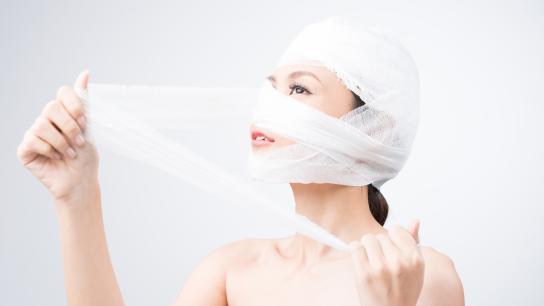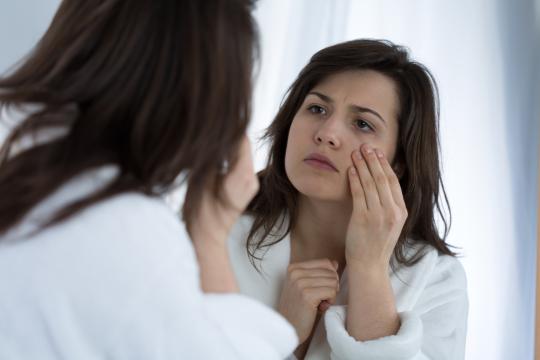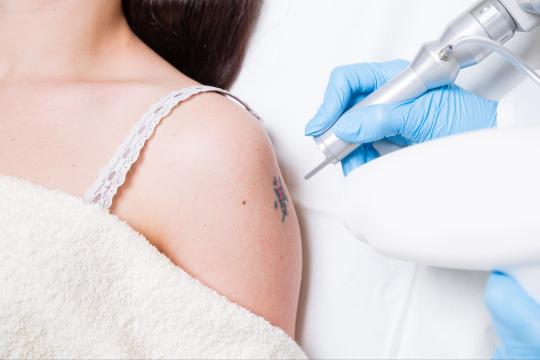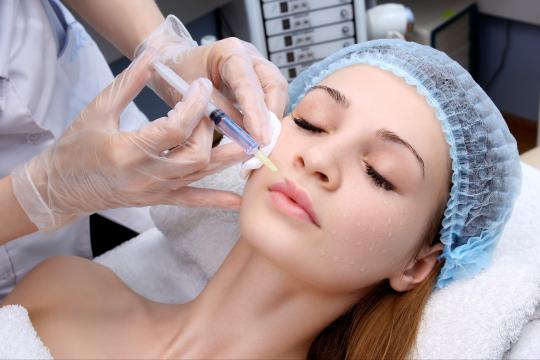
Visiting the plastic surgeon’s office is becoming a more routine and normal thing. There is no longer a stigma associated with some nips, tucks, or injections. However a few minor details are still getting in the way of some patients heading in for look-better, feel-better procedures. Aside from affordability, many potential patients cite concerns over post-procedure redness, swelling, and scarring. But is it really a necessary concern — one that is big enough to stop a person from a potentially confidence-boosting procedure? Not necessarily, says board-certified plastic surgeon, Dr. Stewart Wang, medical director of Wang Plastic Surgery in Los Angeles.
“Swelling and redness can vary from 3-5 days or last up to several weeks, depending on the type of surgery and the location,” notes Dr. Wang. He stresses that the typical few days of swelling is a small emotional price to pay for what could potentially be long-term confidence. “To reduce redness and swelling faster, use cold compresses and keep the area elevated and immobilized. Drink water to keep the body from dehydrating, which can occur after a major surgery.” Water is the primary way that oxygen and nutrients are delivered to the wounded area facilitating the process of tissue repair. It also helps rejuvenate your skin from the inside out by flushing out toxins.
The accelerated healing doesn’t end with a cold compress, extra glasses of water and rest. Arnica homeopathic supplements available in topical creams, gels and orally treat bruises. It reputedly increases circulation by stimulating white blood cell activity, thereby decreasing the amount of healing time and reducing inflammation. These supplements are sold over-the-counter.
“We have found taking arnica orally helps decrease swelling, but less so with topical creams and gels,” notes Dr. Wang.
Scarring, on the other hand, tends to vary from patient-to-patient and the methods of combatting long-term, noticeable scars are more aggressive.
“Patients with a history of keloid scars as well as people who have a history with poor healing or scarring are at the most risk of noticeable, hard-to-fade scars. Parts of the body that are more associated with prominent scarring include the chest, shoulder, back, knee, and jawline. Silicone-based scar creams soften scars and decrease scar pigmentation. There are many different brands on the market like BioCorneum It combines silicone gel with sunscreen for outdoor protection.”
Another popular silicone alternative treatment for scars is small patches of self-adhesive silicone sheets like NewGel+, which work by softening and fading scars gently over time. While they’re not an immediate solution, patients with healed incisions often find that using scar therapy treatments in conjunction with additional daily hydration and elevation can help lessen the recovery time and get back to normal sooner.
“Silicone sheets have been shown to reduce the prominence of scar by applying direct pressure and decrease activities of scar forming cells, which helps reduce the overall brightness and texture of the scar.”
Studies show ablative fractional resurfacing is a safe and effective way to remove surgical scars. It works by removing the top layer of skin that has been scarred and penetrates the skin’s middle layers tightening and smoothing it.
The best way to reduce long-term swelling, redness, and scarring post-procedure according to Dr. Wang, is by living the healthiest possible lifestyle in the weeks and months leading up to your procedure.
“I tell my patients to be as healthy as they can. Exercise routinely, eat a healthy diet and avoid smoking for at least two weeks before surgery.”
If you are considering any aesthetic procedure, seek a board-certified plastic surgeon in your area using this Find A Surgeon search tool.





